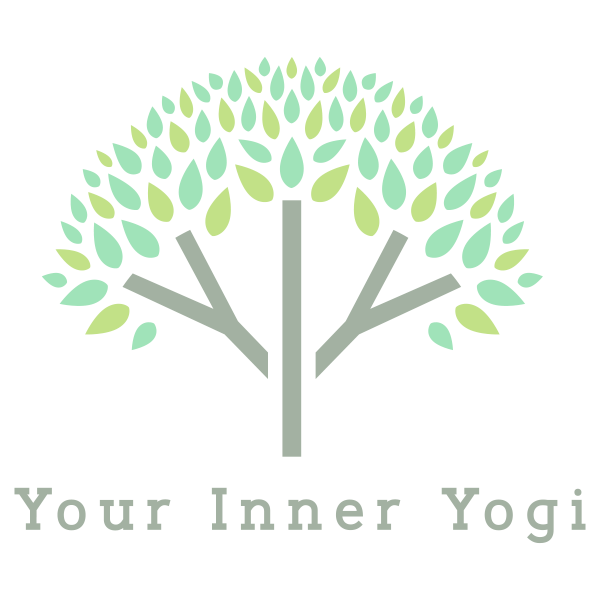
Ancient Words of Wisdom Series: To Act or Not to Act?
By Leigh Pittenger
Series 1: Daodejing of Laozi
Entry #5: To Act or Not to Act?
Chapter 2
This is why sages abide in the business of nonaction,
and practice the teaching that is without words.
They work with the myriad creatures and turn none away.
They produce without possessing.
They act with no expectation of reward.
When their work is done, they do not linger.
And, by not lingering, merit never deserts them.
In Eastern traditions, the ancient sage personifies wisdom. The Daodejing (from China) and the Bhagavad Gita (from India) both depict sages as people who act wisely, striking the right balance of action with nonaction. Sages “abide in the business of nonaction,” the Daodejing tells us, “nonaction” being a translation of the paradoxical concept wu wei. In his book Age of the Sages, Mark Muesse explains that wu wei “might better be rendered as ‘actionless action’ or ‘acting by not acting.’ Wu wei does not mean doing nothing; rather it suggests acting in the easiest, simplest way possible to accomplish what needs to be done.”
When sages act, they do so without self-interest and without attachment to a particular outcome: “They act with no expectation of reward,” says the Daodejing. The Bhagavad Gita says the same in its chapter devoted “wisdom in action.” According to the Gita 4:18, “The wise see that there is action in the midst of inaction and inaction in the midst of action. Their consciousness is unified, and every act is done with complete awareness.”
The Gita continues:
“The awakened sages call a person wise when all his undertakings are free from anxiety about results; all his selfish desires have been consumed in the fire of knowledge. The wise, ever satisfied, have abandoned all external supports. Their security is unaffected by the results of their action; even while acting, they really do nothing at all” (4:19-20).
Does this teaching strike you as strange or difficult? I find it rather challenging, myself. In the Western world, action is prized, but without an accompanying regard for the wisdom of nonaction. Many of us have internalized the notion that we must be doing something—exerting, striving, or pushing ourselves—at all times. It almost doesn’t matter what we are doing, we seem to feel, as long as we stay occupied. Consider, for example, our tendency to check our texts or emails as soon as we have a few spare moments.
This is one reason why meditation is so hard for us. It’s hard to be still and feel we aren’t “doing anything.” We want to know what’s in it for us! I once heard a yoga teacher say that restorative yoga is actually the “most advanced” practice for precisely that reason—it is hard for most of us to be truly still and relaxed.
Yoga teachers often talk about setting an intention prior to practice. I think it’s important to distinguish between intention and goal-setting. I think of goal-setting as approaching a practice with an agenda, having some sort of expectation or reward in mind. For instance, if someone in a yoga class states that they “want to get a good workout,” that seems to indicate a results-oriented mindset. Setting an intention, in my view, is the art of placing one’s attention on a certain aspect of practice rather than attaching to a particular outcome from practice. For example, sometimes I’ll set an intention to surrender my own agenda and be present with what arises. Easier said than done, of course!
For reflection:
- Does anything change for you when you act with an expectation of a particular result, as opposed to when you act with a pure intention?
- Can you apply the concept of wu wei –balancing action with nonaction—to your yoga practice? Can you apply it to any other life situations?
About the Author: Leigh Pittenger
With a PhD in Religious Studies from Emory University, Leigh has taught courses in world religions at Rhodes College and Christian Brothers University in Memphis. She enjoys studying and teaching sacred texts that have influenced yoga, including the Bhagavad Gita, the Yoga Sutra, and the Daodejing of Laozi.

